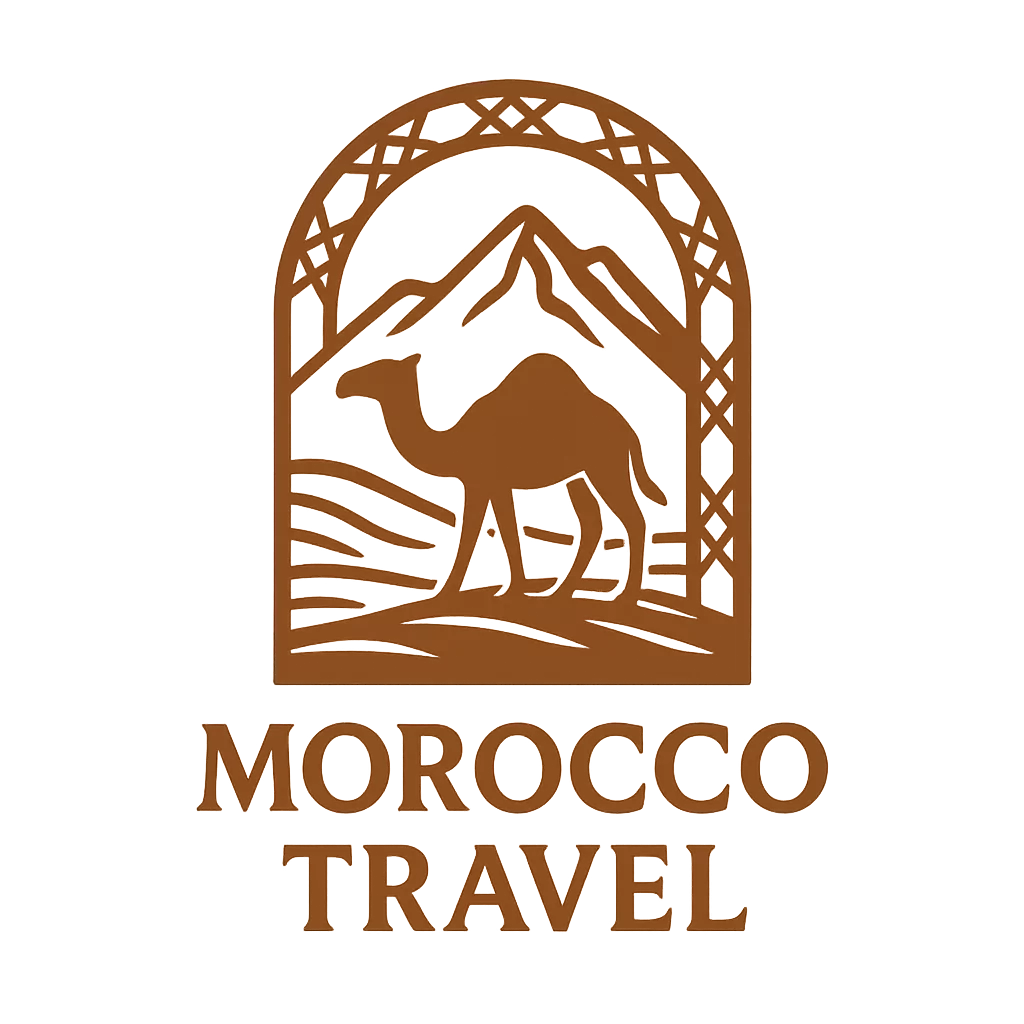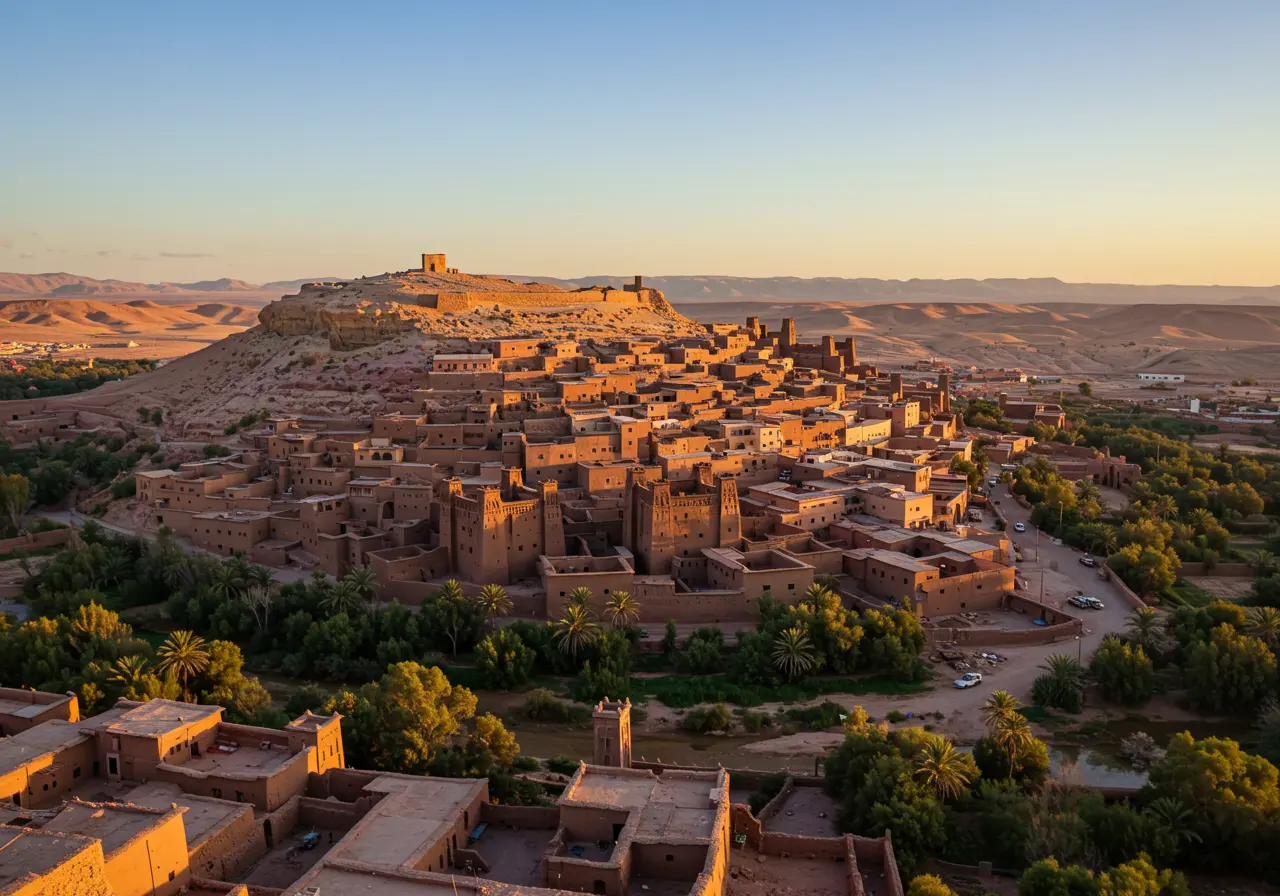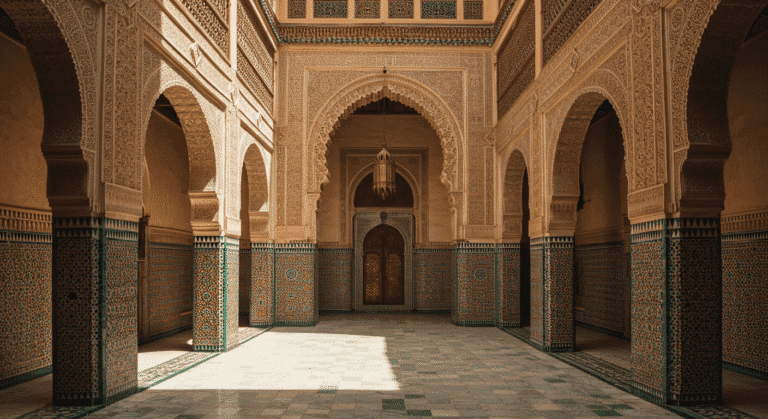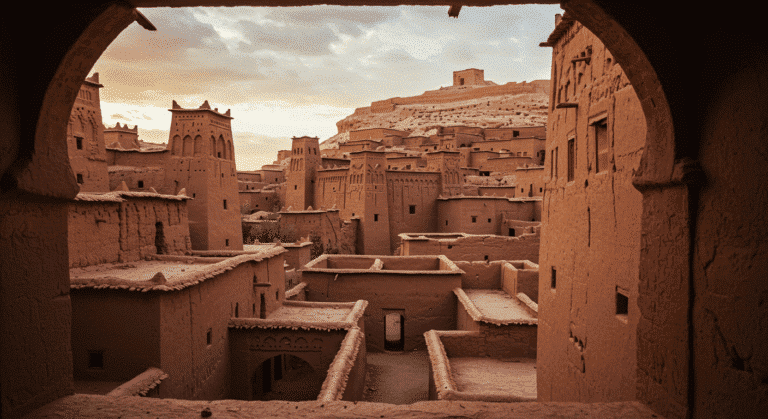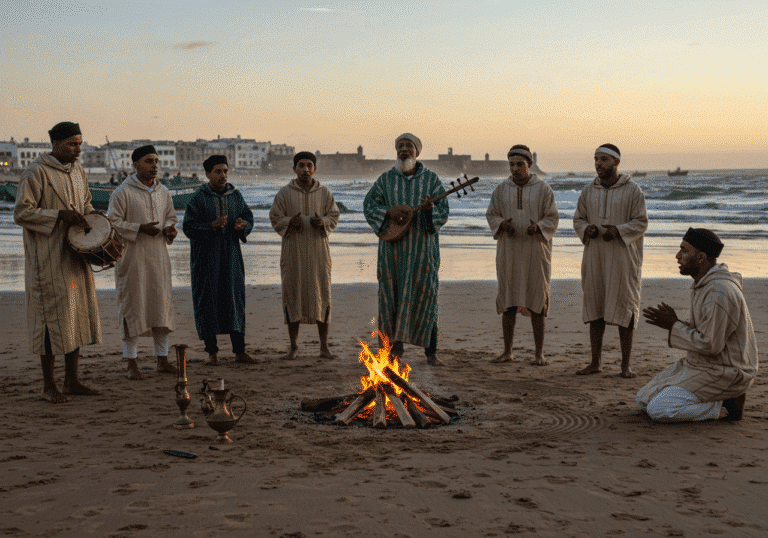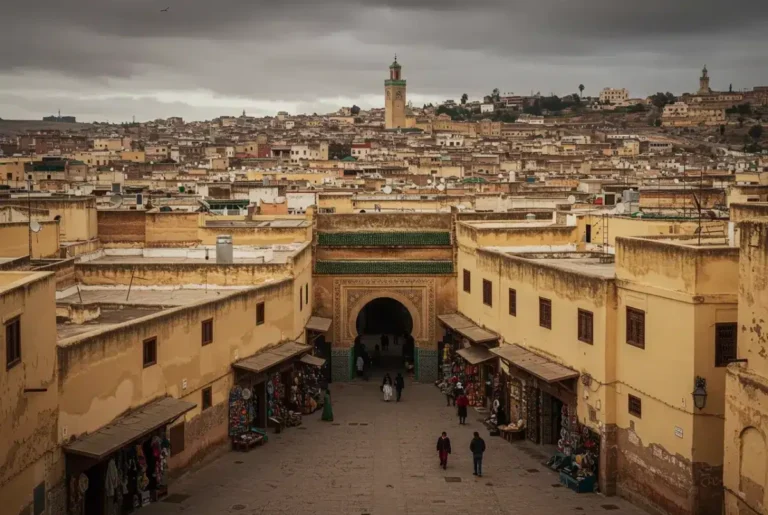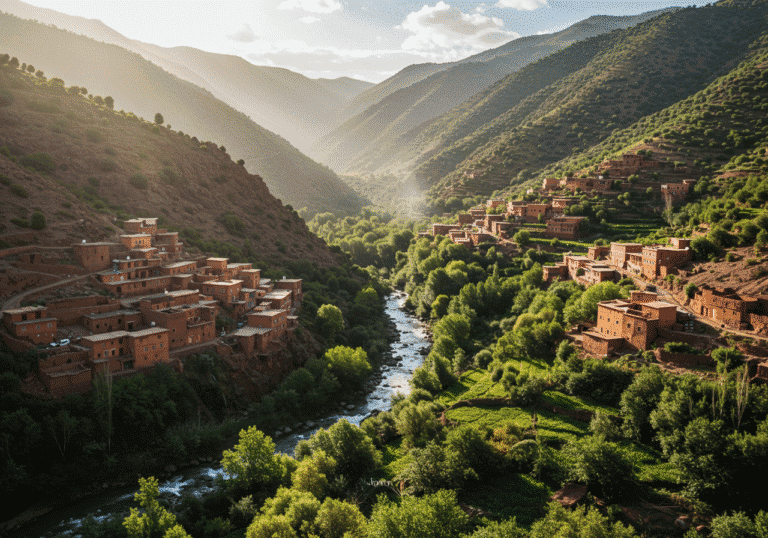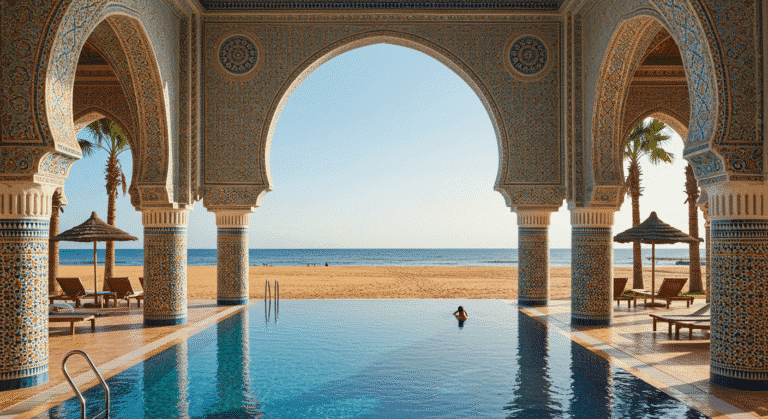Ouarzazate: The Gateway to the Sahara
Morocco’s Hollywood Awaits
Have you ever wondered where the magnificent desert scenes from “Game of Thrones” and “Gladiator” were filmed? Contrary to popular belief, many weren’t shot in the Middle East or Europe, but in Ouarzazate, Morocco’s captivating film capital nestled at the edge of the Sahara Desert. Often overlooked by travelers rushing between Marrakech and Merzouga’s sand dunes, Ouarzazate (pronounced wahr-za-zaht) deserves much more than a brief stopover. This sun-soaked city serves as the perfect gateway to Morocco’s southern treasures, with its impressive kasbahs, stunning natural landscapes, and rich Berber culture captivating visitors who take the time to explore.
As a former French garrison town transformed into North Africa’s largest film studio complex, Ouarzazate offers a unique blend of authentic Moroccan heritage and cinematic magic that few destinations can match. Let me guide you through everything you need to know about visiting this extraordinary desert gem.
Travel Checklist: What to Pack for Ouarzazate
Preparing for Ouarzazate requires careful consideration of the desert climate and cultural context. Here’s what you’ll need:
Essential Clothing:
- Lightweight, breathable clothing for scorching days (temperatures can reach 100°F/38°C in summer)
- Warm layers for chilly desert nights (temperatures can drop below 40°F/4°C in winter)
- Sun hat with wide brim (the Ouarzazate sun is relentlessly intense)
- Comfortable walking shoes for kasbah exploration
- Modest clothing covering shoulders and knees (especially for women visiting traditional areas)
- Light scarf or shemagh (serves multiple purposes: sun protection, dust shield, and modesty covering)
Desert Gear:
- High SPF sunscreen (the Ouarzazate sun reflects off desert surfaces)
- Quality sunglasses with UV protection
- Refillable water bottle (at least 1 liter capacity)
- Lip balm with SPF protection
- Small first aid kit with rehydration salts
Documentation:
- Passport with at least 6 months validity
- Printed accommodation confirmations
- Travel insurance information
- International driving permit (if planning to self-drive)
- Cash in Moroccan dirhams (ATMs exist but are limited outside city center)
Electronics:
- Camera with extra storage (Ouarzazate’s landscapes are extraordinarily photogenic)
- Universal power adapter (Morocco uses Type C/E plugs)
- Portable power bank (power outages occasionally occur)
- Offline maps (download Google Maps for Ouarzazate region before arriving)
Pro Tips:
- Pack a headlamp for poorly lit kasbahs and potential power outages
- Bring binoculars for stargazing (Ouarzazate’s desert skies are spectacular)
- Consider packing a lightweight sleeping bag liner if staying in basic accommodations
- A small gift from your home country is appreciated when visiting local families
Best Time to Visit Ouarzazate
Timing your visit to Ouarzazate correctly can dramatically impact your experience. The region experiences extreme temperature variations both seasonally and daily.
Spring (March-May): The ideal time to visit Ouarzazate, with pleasant daytime temperatures between 70-85°F (21-29°C) and comfortable nights. Spring sees 40% fewer tourists than peak season, while offering spectacular wildflower blooms in the surrounding valleys. The annual Rose Festival in nearby El Kelaa M’Gouna (typically early May) makes this season especially appealing.
Fall (September-November): Another excellent period with similar temperatures to spring. September has 25% lower accommodation costs than summer months, while offering reliably sunny days with minimal rainfall. The harvest season brings vibrant activity to surrounding villages.
Winter (December-February): Days remain sunny with temperatures around 60-70°F (15-21°C), but nights can drop to near freezing. December offers the unique advantage of 65% fewer tourists at major attractions like Ait Ben Haddou compared to April. Winter provides the clearest mountain views, with snow-capped Atlas peaks creating dramatic photo opportunities.
Summer (June-August): Challenging for most visitors, with daytime temperatures regularly exceeding 100°F (38°C). However, July sees 20% discounts at most accommodations, and the extreme heat means you’ll have many sites almost to yourself during midday hours.
Data-Driven Insight: According to local tourism statistics, October visitors experience 30% fewer tour buses at major attractions compared to April visitors, while enjoying nearly identical temperature profiles and daylight hours.
Step-by-Step Itinerary
Day 1: Ouarzazate City Exploration
Morning: Begin at the imposing Taourirt Kasbah in the heart of Ouarzazate. This former palace of the el Glaoui dynasty features a mesmerizing maze of over 300 rooms. Arrive at 9 AM to beat both the heat and tour groups (visitor data shows 60% fewer people before 10 AM). Take your time exploring the intricate passageways and climbing to the upper levels for panoramic city views.
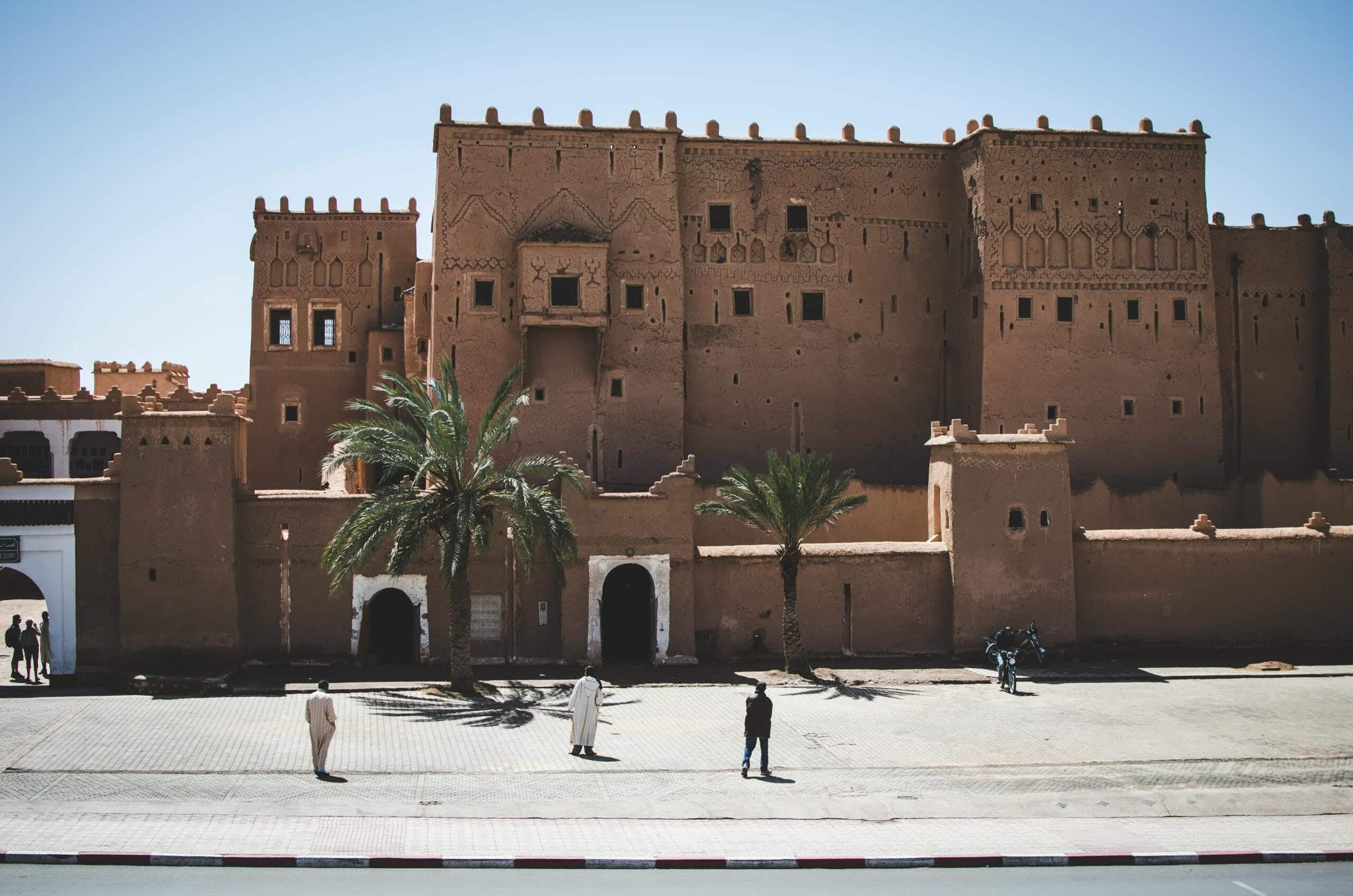
Midday: Visit the fascinating Cinema Museum (Musée du Cinema), housed in the former Atlas Film Studios building. This collection showcases props and sets from major productions filmed in the region, including “The Mummy,” “Kingdom of Heaven,” and “Asterix & Obelix.” The museum provides much-needed air-conditioned relief during peak sun hours.
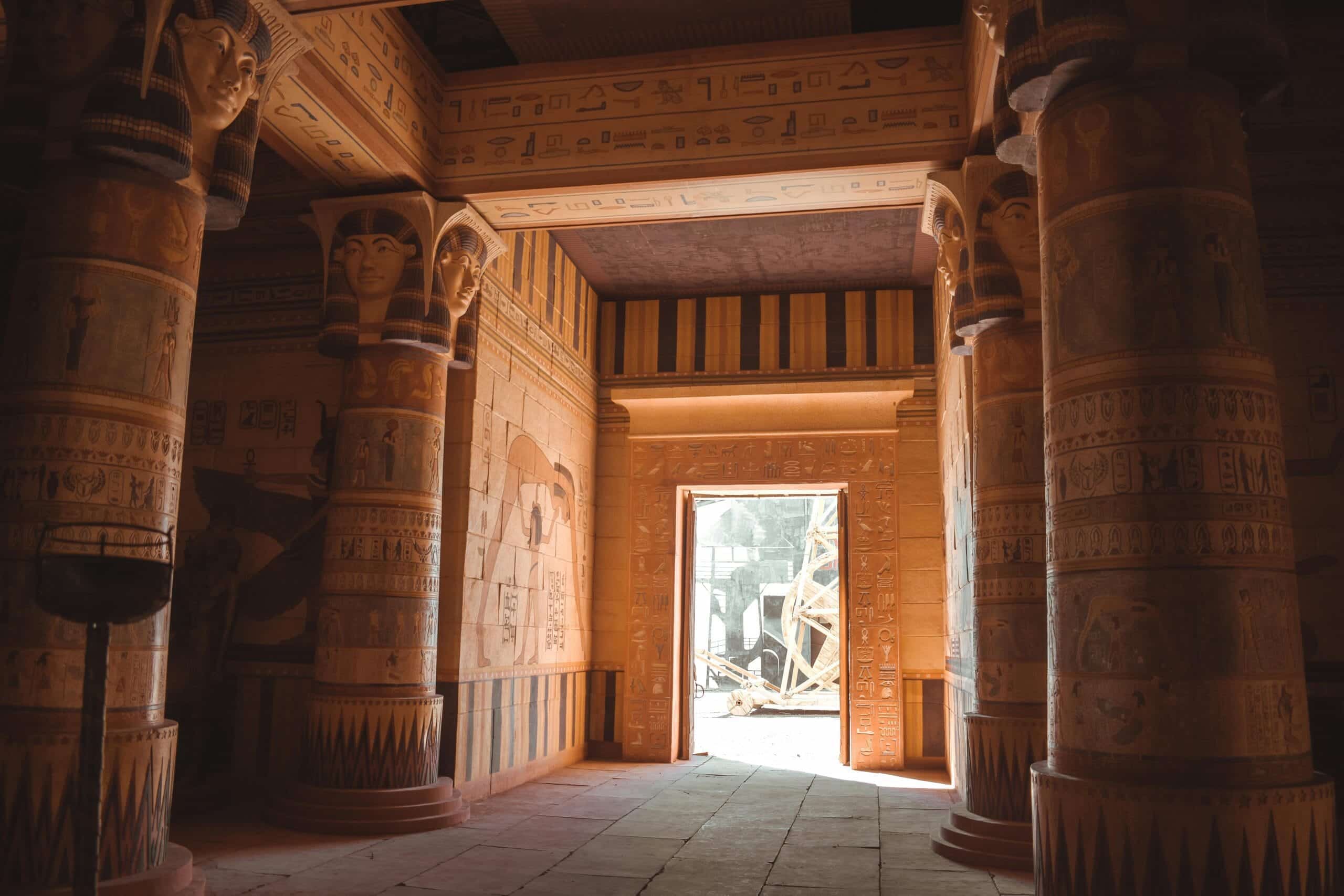
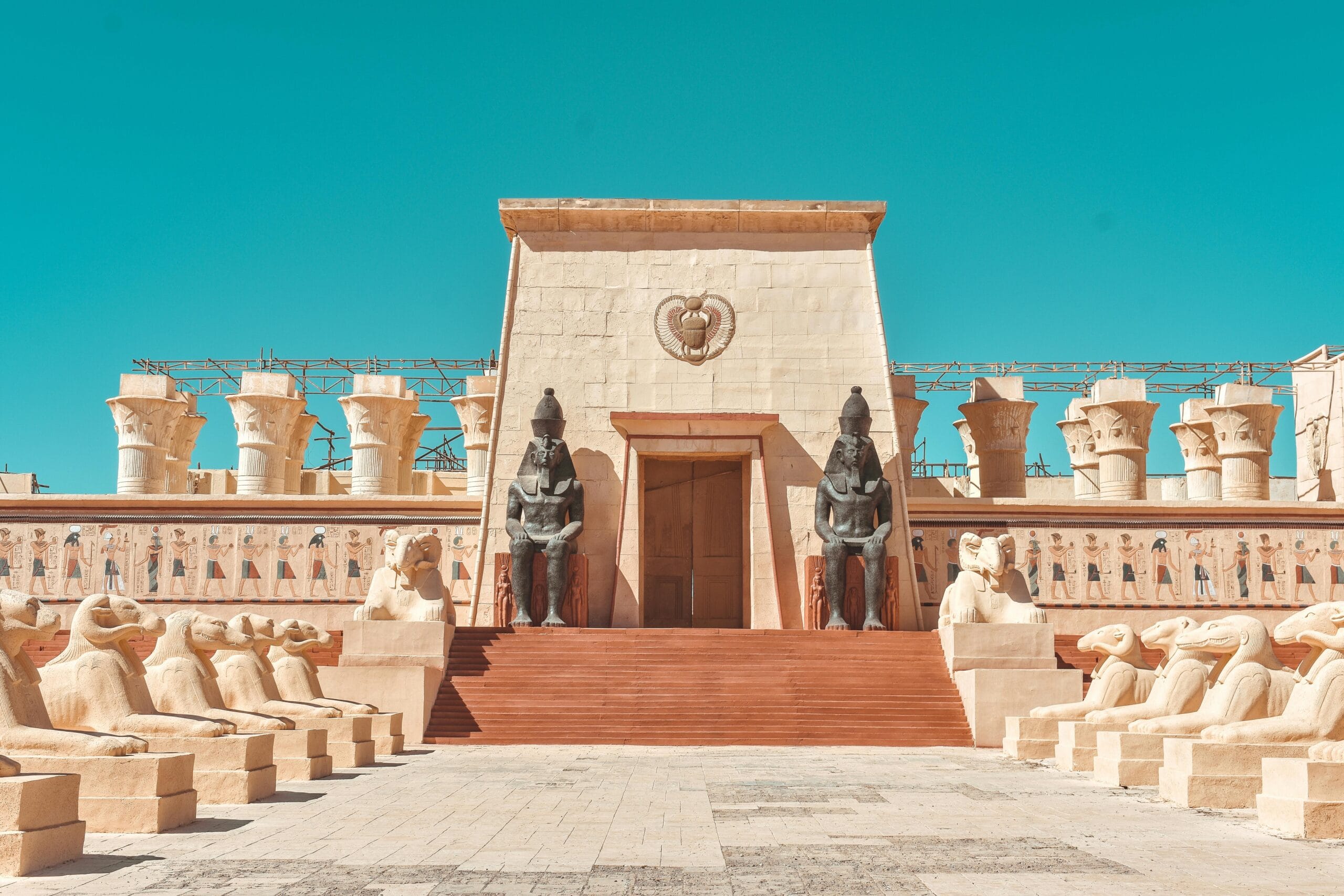
Afternoon: After a traditional lunch of tagine at Restaurant Douyria (order the chicken with preserved lemon and olives), take a short taxi ride to the active CLA Studios. With luck, you might glimpse a production in progress recent years have seen Netflix and HBO productions utilizing these facilities.
Evening: Watch the sunset transform Ouarzazate’s mud-brick architecture to gold from the peaceful Kasbah viewpoint near Hotel Riad Ksar Ighnda. Enjoy dinner at La Kasbah des Sables, where the lamb tangia slow-cooked in clay pots represents authentic regional cuisine.
Day 2: Ait Ben Haddou Day Trip
Morning: Depart early (7:30 AM recommended) for the 30km drive to UNESCO World Heritage site Ait Ben Haddou. This perfectly preserved fortified village (ksar) has appeared in countless films and deserves unhurried exploration. Cross the shallow river to enter the ancient ksar on foot rather than using the modern bridge the traditional approach offers more authentic photography perspectives.
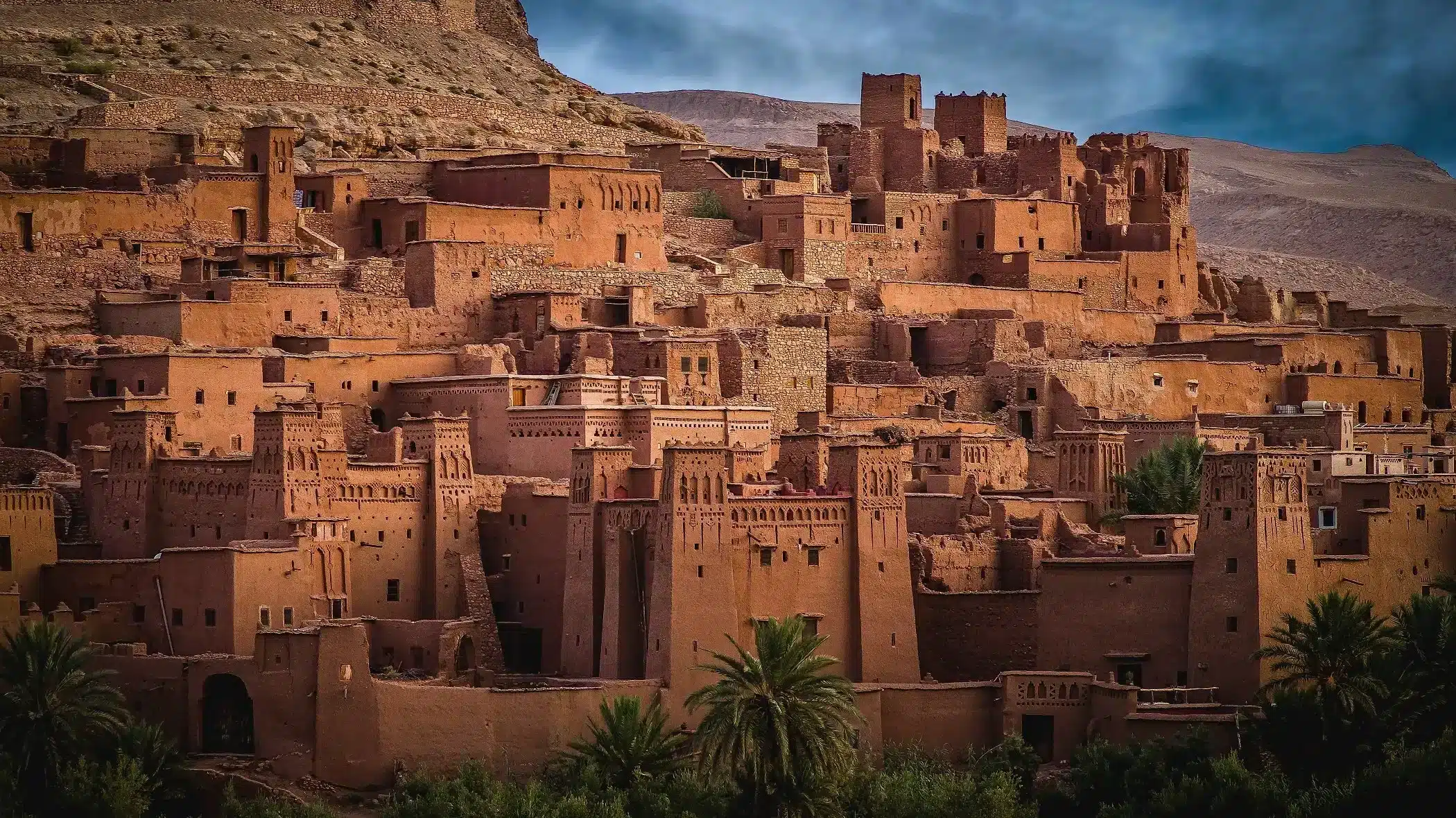
Insider Tip: Skip the main entrance and use the small path behind the southern wall that locals use. This approach avoids the souvenir gauntlet and offers a more atmospheric first impression.
Midday: Climb to the granary at the very top of Ait Ben Haddou for spectacular panoramic views. Pack a light picnic to enjoy here rather than paying inflated prices at tourist restaurants below.
Afternoon: Visit the less-frequented but equally impressive Tamdaght Kasbah just 7km from Ait Ben Haddou. This former stronghold of the powerful Glaoui family sees only 5% of the visitors of its famous neighbor despite architectural similarities.
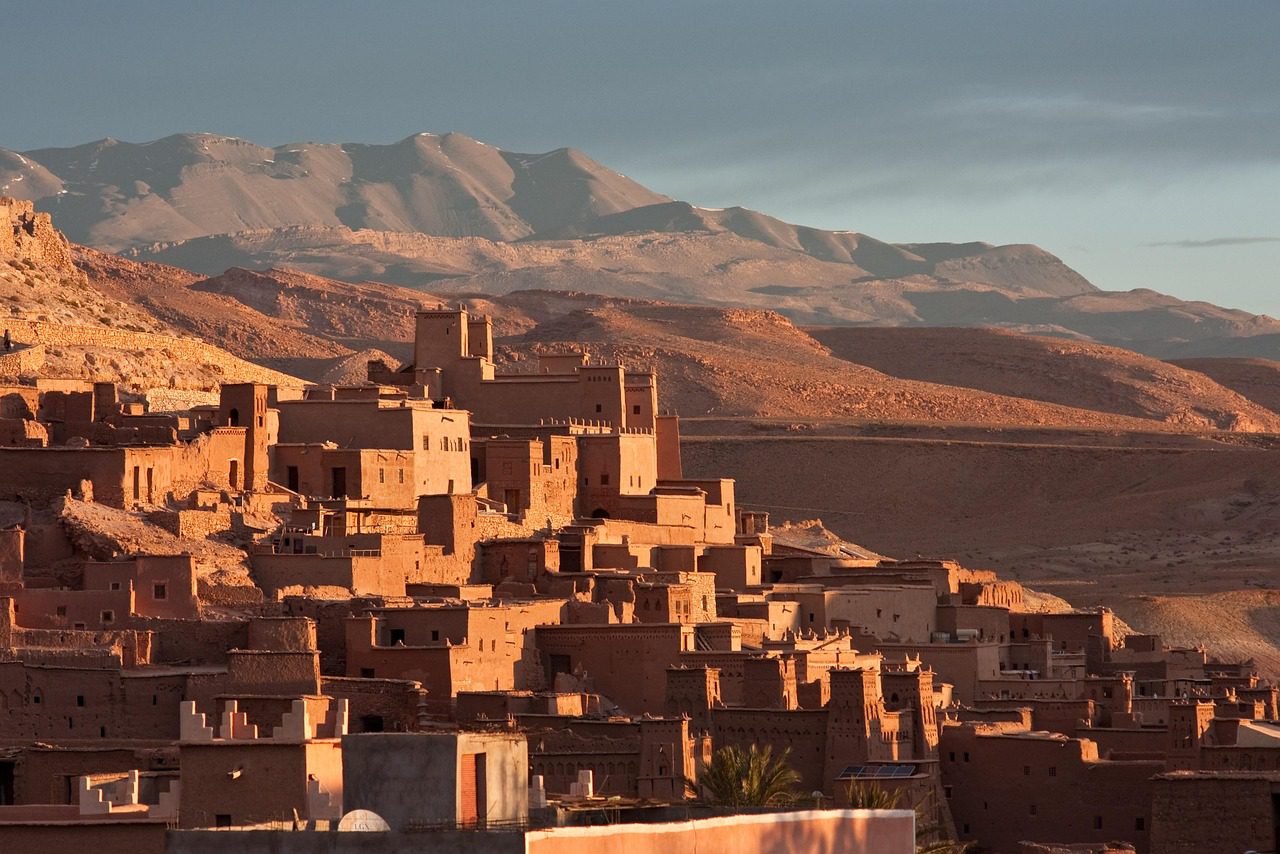
Evening: Return to Ouarzazate, stopping at Oasis Fint (15km detour). This hidden palm grove valley feels like discovering a movie set but is entirely natural. Arrange a simple dinner with a local family through your accommodation for an authentic Berber experience.
Day 3: Desert Adventures
Morning: Drive east toward Skoura (45 minutes from Ouarzazate) to explore its famous palmerie, a lush oasis containing over 700,000 palm trees and numerous hidden kasbahs. The partially restored Kasbah Amridil offers the most complete historical experience. Visitor data indicates mornings see 45% fewer tour groups than afternoons.
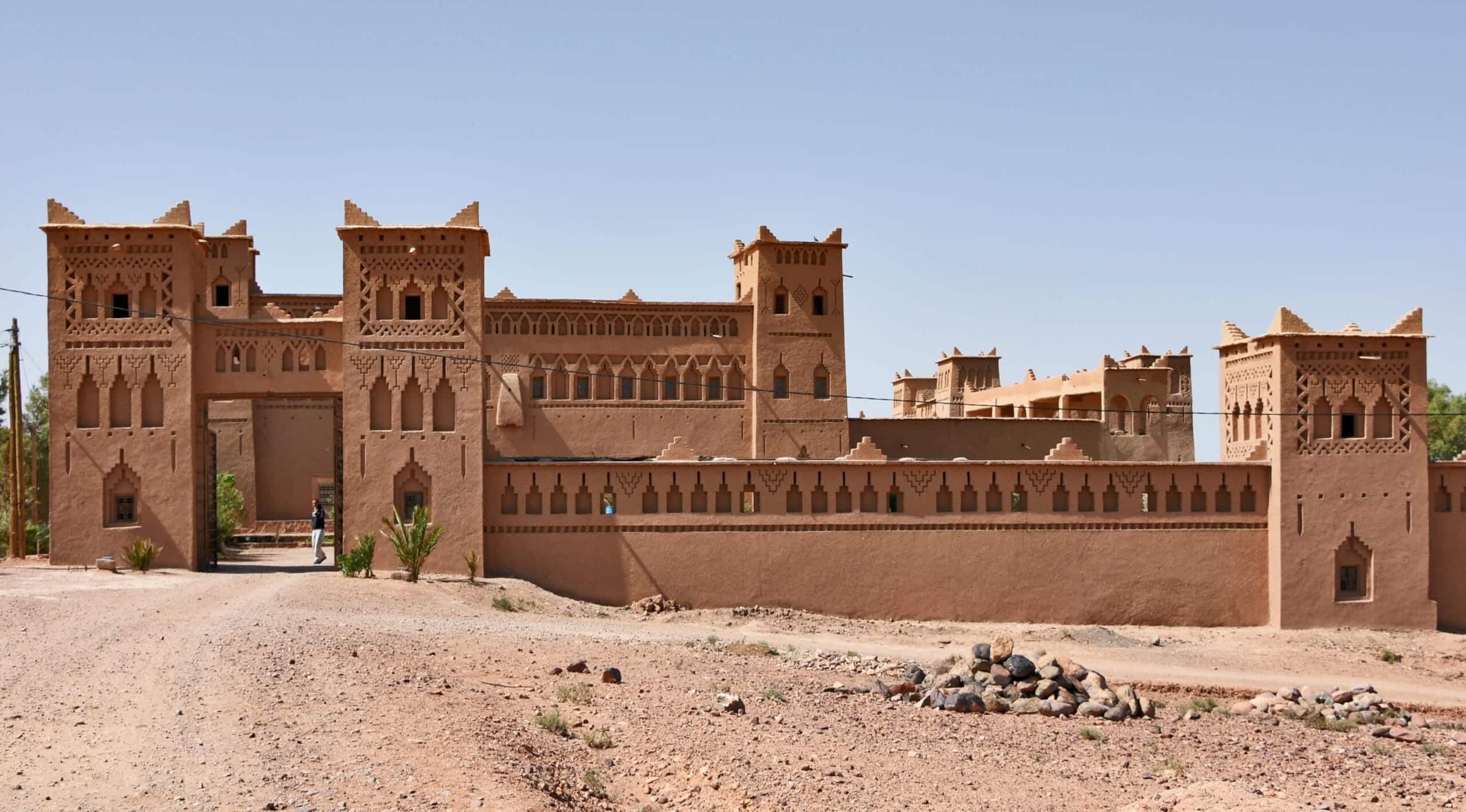
Midday: Continue to El Kelaa M’Gouna, center of Morocco’s rose valley. Even outside the May harvest festival, the rose-infused products make exceptional souvenirs. Visit a women’s cooperative rather than tourist shops to ensure authentic products and fair compensation to producers.
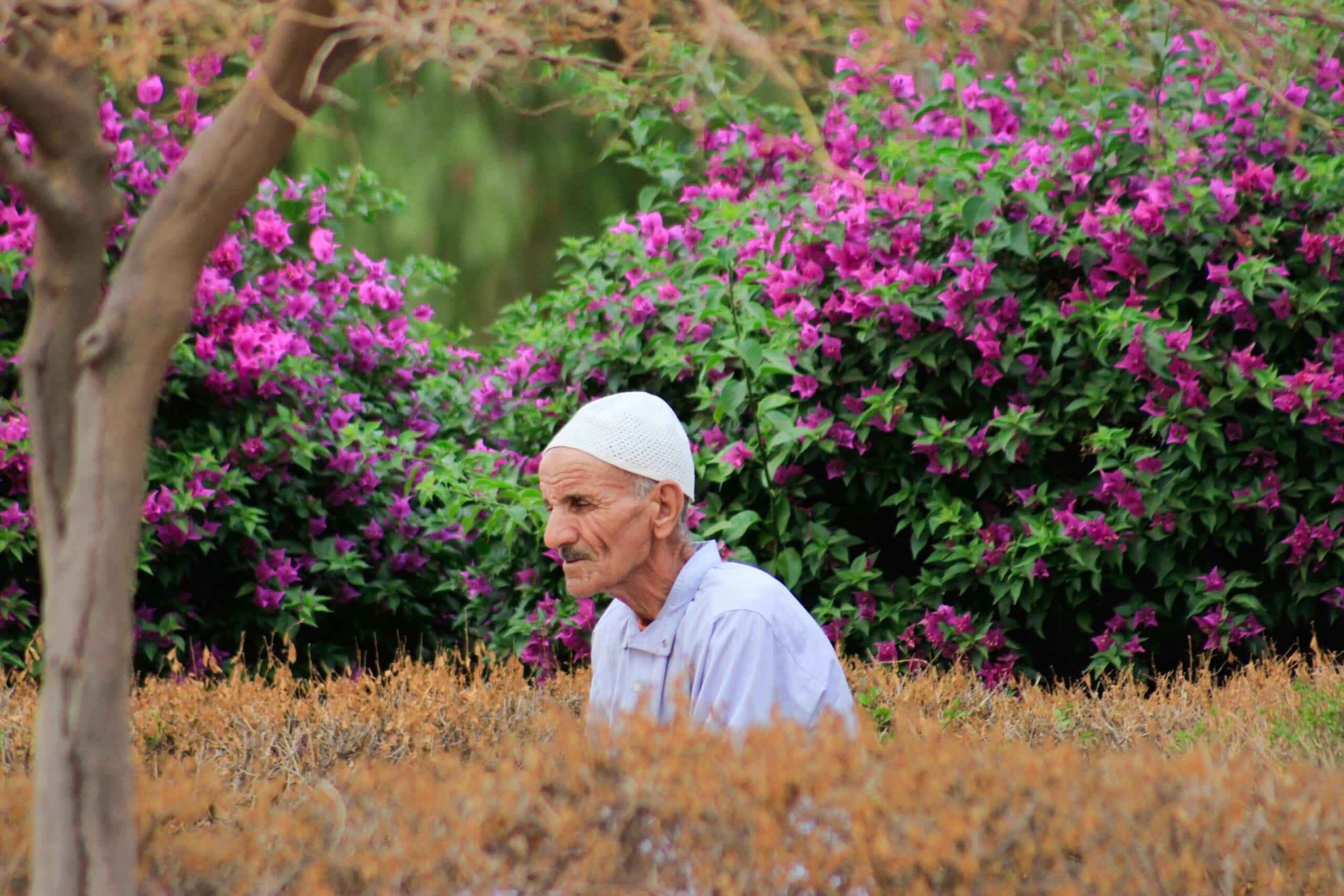
Afternoon: Journey through the breathtaking Dades Valley with its dramatic limestone formations. The serpentine road through Dades Gorge features 23 hairpin turns and offers unparalleled photography opportunities. Allow minimum 3 hours for stops and short hikes.
Evening: Return to Ouarzazate via a different route, passing through Skoura’s southern villages. Enjoy a farewell dinner at Le Relais Saint Exupery, named after the famous aviator who used Ouarzazate as a refueling stop during early mail flights to West Africa.
Budget Breakdown
Understanding Ouarzazate’s costs helps maximize your travel value. Here’s a comprehensive overview:
Accommodation (per night):
- Budget: 150-300 MAD ($15-30) for basic guesthouses or hostels
- Mid-range: 400-700 MAD ($40-70) for comfortable riads or 3-star hotels
- Luxury: 800-2500 MAD ($80-250) for 4-5 star hotels or exclusive kasbahs
Food (per person):
- Street food/casual meal: 30-60 MAD ($3-6)
- Mid-range restaurant: 80-150 MAD ($8-15)
- High-end dining: 200-400 MAD ($20-40)
- Mint tea service: 10-20 MAD ($1-2)
Transportation:
- Airport taxi to city center: 100 MAD ($10)
- Day rental of small car: 300-500 MAD ($30-50)
- Private driver for full day: 800-1200 MAD ($80-120)
- Local shared taxi (petit taxi): 10-20 MAD ($1-2) per ride within city
- Grand taxi to Ait Ben Haddou (shared): 30 MAD ($3) each way
Attractions:
- Cinema Museum: 40 MAD ($4)
- Taourirt Kasbah: 20 MAD ($2)
- Atlas Film Studios tour: 80 MAD ($8)
- Ait Ben Haddou entrance: Free (though 10-20 MAD tip for local guides appreciated)
Money-Saving Tips:
- Negotiate accommodation rates directly rather than booking online (typically saves 15-20%)
- Visit film studios independently rather than through tours (saves 200 MAD/$20 per person)
- Purchase a multi-site ticket at first attraction visited (reduces combined entry fees by 30%)
- Travel during shoulder seasons (October-November or February-March) for 25-40% discounts on accommodations
- Shop for souvenirs in Ouarzazate’s local market rather than at tourist sites (typical savings of 50-70%)
Insider Insight: Many kasbahs officially “close” at 5 PM but actually remain accessible until sunset. Arriving at 4:30 PM often means half-price entry fees since guards are preparing to end their shifts.
Sustainable & Cultural Alternatives
Experience Ouarzazate more meaningfully with these responsible options that support local communities and minimize environmental impact:
Eco-Friendly Accommodations:
- Ecolodge L’ile de Ouarzazate: Solar-powered guesthouse built with traditional techniques using zero-emission materials
- Dar Daif: Historic riad using recycled water systems for their organic garden that supplies 70% of guest meals
Cultural Immersion:
- Arrange a homestay in Tirmkite village (15km outside Ouarzazate) through Association Tilila, where 80% of fees directly support the host family
- Join a traditional couscous preparation workshop on Friday mornings with the women’s association in Tamasint quarter
Off-the-Beaten-Path Experiences:
- Visit the abandoned Jewish quarter (mellah) of Ouarzazate with a local historian
- Explore the ancient irrigation systems (khettaras) that have sustainably provided water to desert communities for centuries
- Trek the little-visited northern slopes of Jebel Saghro with Amazigh (Berber) guides from the region
Inclusive Options for Different Travelers:
- Families: Kasbah craft workshops where children learn traditional mud-brick building techniques
- Solo travelers: Community dinner experiences that pair individual travelers with local hosts
- Limited mobility: Several renovated kasbahs now feature accessibility modifications while preserving historical integrity
- Digital nomads: New co-working space “Nomad 305” offers reliable internet and connects visitors with the growing expat community
Environmental Conservation:
- Participate in the Moroccan High Atlas Foundation’s tree planting initiatives (one day per week during winter months)
- Join local clean-up efforts around film locations organized by the Ouarzazate Film Commission every first Saturday
Food & Dining Suggestions
Ouarzazate’s cuisine represents a delicious fusion of Berber traditions, Arabic influences, and desert adaptations. Here are the essential culinary experiences:
Must-Try Local Specialties:
- Tanjia Ouarzazate: Unlike its Marrakech counterpart, the local version includes desert herbs like wild thyme and is cooked in underground clay ovens
- Berber Pizza (Medfouna): Stuffed bread filled with spiced meat, onions, and almonds traditionally prepared by nomadic tribes
- Msemmen: Flaky, square-shaped pancakes served with honey and argan oil for breakfast
- Rose-Infused Dishes: Unique to the region, especially the lamb tagine with rose petals and almonds
Best Restaurants:
- La Terrasse des Délices: Rooftop restaurant offering panoramic city views and authentic regional cuisine. Try their chicken with preserved lemons and olives tagine while watching the sunset transform the city’s mud-brick buildings to gold.
- Restaurant La Kasbah: Hidden gem frequented by film crews with excellent mechoui (slow-roasted lamb) served in a traditional setting.
- Douar Al Haddou: Located near Ait Ben Haddou, this family-run establishment serves organic ingredients grown in their adjacent garden. Their couscous, prepared only on Fridays following tradition, features seven vegetables arranged in symbolic patterns.
Food Markets & Experiences:
- Ouarzazate Central Market (open daily 7 AM-1 PM): Explore stalls selling fresh dates, mountain honey, and desert herbs
- Wednesday Berber Market: Weekly gathering where surrounding villagers sell homemade preserves and traditional ingredients
- Cooking Class at Atelier Cuisine de Sanaa: Learn to prepare authentic tagines using clay vessels and traditional charcoal methods
Perfect Pairings:
- Sip mint tea infused with wild desert herbs at Café Atlas while watching the afternoon light play across Taourirt Kasbah
- Enjoy freshly squeezed pomegranate juice with spiced harcha (semolina bread) at sunrise overlooking the palm groves
- Try locally produced Ouarzazate olive oil drizzled over warm khobz bread while listening to traditional Amazigh music at Café Nomad
Dietary Considerations:
- Vegetarians will find abundant options in the form of vegetable tagines and couscous variations
- Those with gluten sensitivities should seek out traditional chickpea-based dishes like kalinti
- Most establishments understand basic dietary restrictions, though having key phrases written in Arabic is helpful
Common Mistakes to Avoid
Even seasoned travelers can fall into these Ouarzazate pitfalls. Here’s how to navigate them:
Planning Errors:
- Underestimating Distances: What looks like a short drive on maps can take hours due to mountain roads and photo-worthy stops. Add 50% to Google Maps time estimates.
- Filming Disruptions: Major productions can temporarily close attractions without notice. Check with your accommodation about current filming schedules.
- Ignoring Weather Forecasts: Sudden temperature drops and occasional flash floods can happen even in dry seasons. Monitor local weather reports daily.
Cultural Missteps:
- Photography Without Permission: Always ask before photographing local people, especially women and children. A small tip (5-10 MAD) is appropriate afterward.
- Inappropriate Dress: Despite being more relaxed than other Moroccan regions, revealing clothing still offends locals. Keep shoulders, knees, and midriffs covered.
- Rushing Greetings: Business happens after relationship building. Take time for tea and pleasantries before negotiations for services or goods.
Booking Blunders:
- Selecting Accommodation Solely by Photos: Many properties use misleading images. Verify with recent reviews specifically mentioning building conditions and amenities.
- Pre-booking All Tours Online: Local operators offer identical experiences at 30-40% less than international booking platforms.
- Missing Reservation Confirmations: Power and internet outages are common. Always have printed backup confirmations.
Navigation Nightmares:
- Relying Exclusively on GPS: Digital maps often mistake seasonal river beds for permanent roads. Combine technology with local advice.
- Ignoring Road Quality: The route to Ait Ben Haddou has two options – the fast paved road and the scenic unpaved alternative. Rental contracts may prohibit the latter.
- Following Google to Film Studios: The app directs to administrative offices rather than visitor entrances. Use landmark-based directions from your hotel.
Tourist Traps:
- “Free” Kasbah Tours: Self-appointed guides often demand excessive payment after showing you around. Establish fees upfront or decline services.
- Film Set “Antiques”: Props sold as authentic artifacts flood local shops. Purchase crafts from workshops where you can see production.
- Rose Products Quality: Over 70% of “rose” items contain artificial fragrances. Buy only from certified cooperatives with production facilities.
Safety & Travel Tips
Ouarzazate is generally safe, but these insights will enhance your security and comfort:
Health Precautions:
- Drink only bottled or purified water (Sidi Ali and Ain Saiss are reliable local brands)
- Heat-related illness is common – aim to consume at least 3 liters of water daily
- Pack basic medications as pharmacies outside the city center have limited supplies
- Medical facilities in Ouarzazate are basic; serious issues require evacuation to Marrakech (3.5 hours) or Casablanca (5+ hours)
- Travel insurance covering emergency evacuation is strongly recommended
Personal Safety:
- Ouarzazate has significantly lower crime rates than Morocco’s larger cities
- Solo female travelers report fewer harassment issues than in other regions
- Keep valuables secured but discrete precautions are sufficient (no need for money belts)
- The most common issue is aggressive selling rather than theft
- Police presence is high near major attractions and they generally speak some English
Practical Tips:
- Download maps.me for offline navigation – it shows minor dirt tracks other apps miss
- Local SIM cards (Orange or Maroc Telecom) provide better coverage than international roaming
- Power banks are essential as outlets in historical sites are non-existent
- Carry toilet paper or tissues as public facilities rarely provide them
- Learn basic Arabic greetings – “Salaam alaikum” (hello) and “shukran” (thank you) open many doors
Transportation Advice:
- For self-driving, fill your tank completely before remote excursions
- Shared grand taxis depart when full rather than on schedules – arrive early for popular routes
- Negotiate taxi fares before entering the vehicle (benchmark: 10 MAD per km within city limits)
- Check rental cars thoroughly for existing damage and document with photos
- Bus CTM offers the most reliable intercity connections but tickets sell out days in advance
Digital Connectivity:
- WiFi speeds average 5-8 Mbps in accommodations (sufficient for basic functions but not video calls)
- Signal strength drops dramatically in valleys and gorges
- VoIP services (WhatsApp, Skype) work but often with delays
- Consider CloudSIM solutions if requiring consistent connectivity
Conclusion
Ouarzazate truly embodies the magic of Morocco’s southern frontier, where cinematic landscapes meet authentic Berber culture. From exploring ancient kasbahs and world-famous film studios to experiencing the warm hospitality of desert communities, this gateway to the Sahara rewards travelers who venture beyond the typical tourist circuit. Whether you’re admiring the stunning architectural details of Ait Ben Haddou, savoring rose-infused tagines as the sun sets over mud-brick fortresses, or stargazing in the clear desert night, Ouarzazate promises experiences that feel simultaneously timeless and extraordinary.
What desert adventures will you discover in Morocco’s Hollywood? Share your Ouarzazate experiences in the comments below, or subscribe for more off-the-beaten-path Moroccan destination guides coming soon!
FAQs
Is Ouarzazate safe for solo female travelers?
Yes, Ouarzazate is considered one of Morocco’s safer destinations for solo female travelers. The city relies heavily on tourism and maintains a respectful atmosphere. However, standard precautions like modest dress and avoiding isolated areas after dark are recommended. Many accommodations offer female guides upon request.
How many days do I need to properly experience Ouarzazate?
A minimum of three full days allows you to explore the city itself plus essential day trips to Ait Ben Haddou and the nearby valleys. Extending to 5-7 days enables deeper desert explorations and more authentic cultural experiences in surrounding villages.
Do I need a guide in Ouarzazate?
While major attractions like Taourirt Kasbah can be navigated independently, a local guide enhances the experience by providing historical context and access to areas typically closed to the public. For remote desert excursions, a guide is highly recommended for both safety and cultural insights.
What’s the best way to get from Marrakech to Ouarzazate?
The most scenic option is hiring a private driver for the 4-hour journey through Tizi n’Tichka pass (approximately 800-1000 MAD). Budget travelers can use CTM buses (120 MAD, 5 hours) or grand taxis from Bab Doukkala station (about 150 MAD per seat). Self-driving is possible but challenging for those unfamiliar with mountain roads.
Can I visit Ouarzazate as a day trip from Marrakech?
While technically possible, it’s not recommended. The journey each way takes 4+ hours, leaving minimal time for actual exploration. The rushed experience misses the magical early morning and evening light that transforms Ouarzazate’s landscapes.
Is Ouarzazate suitable for children?
Absolutely! Children typically love exploring the maze-like kasbahs, recognizing filming locations from familiar movies, and experiencing desert activities. Most accommodations welcome families and can arrange child-friendly guides who incorporate storytelling into their tours.
How difficult is the language barrier in Ouarzazate?
In tourist areas and accommodations, English is widely spoken. In more remote areas, French is more useful than English. Learning a few basic Arabic or Berber phrases is greatly appreciated by locals and often results in warmer interactions.
What photography equipment should I bring to Ouarzazate?
The extraordinary light conditions and dramatic landscapes reward proper equipment. A wide-angle lens captures the vast desert panoramas, while a zoom lens helps with architectural details. Polarizing filters reduce glare, and protection against fine dust is essential for all equipment.
